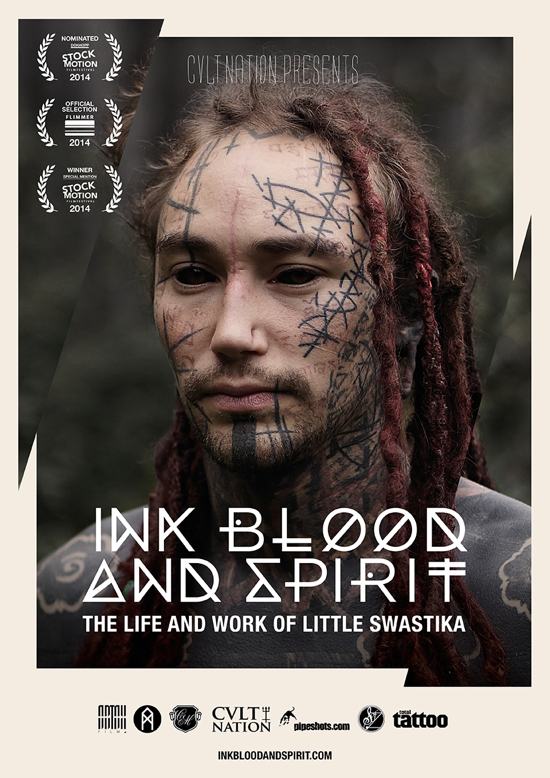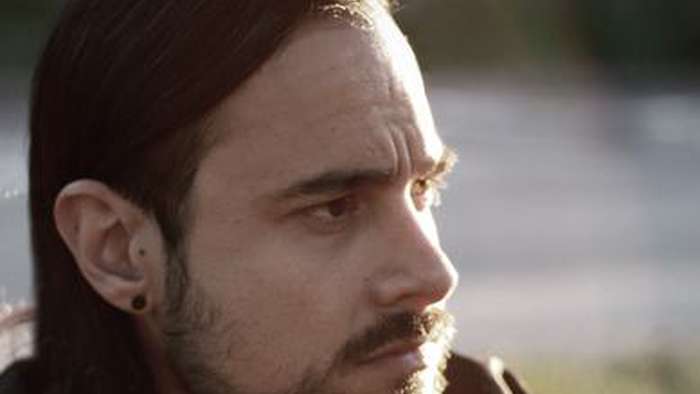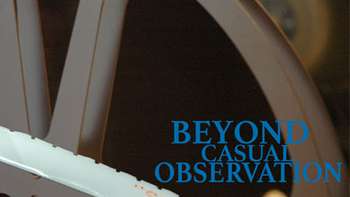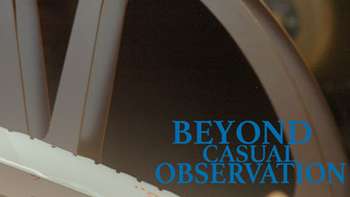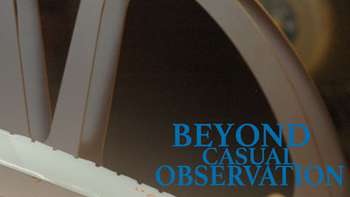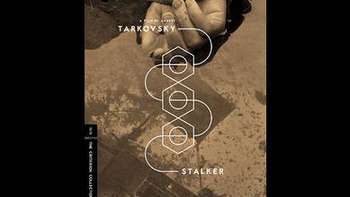For this installment of "Beyond Casual Observation" Claudio Marino of Artax Film and Swedish band Tid took some time to speak about the processes of picking crew, the goals for a score and his own creative discovery. In his answers he references each piece of his Blood and Spirit trilogy which separately explore the paths of a tattoo artist, an MMA fighter, and a black metal musician.
BJ Rochinich: How do you seek out crew for your productions?
Claudio Marino: A couple of years ago my band Tid made a video with a guy called Maciej Ustarbowski. That was a great collaboration and he had the kind of energy I was looking for so I started the whole process by asking him. He was onboard immediately and, today, we are running the production agency Art Magos together. Everyone else involved are from my very talented friend pool. Without them there would not be a trilogy called Blood and Spirit.
BJ Rochinich: What do you look for in composers or artists providing music for your work?
Claudio Marino: For the first two films I asked two friends whose musical talents fit perfectly for the purpose. But for Music, Blood and Spirit I wanted to try something new and, when editing the first teaser, we used music by Treha Secori from France just to set the mood. Then I ran into him at a show by accident and simply asked. Now he is writing music for the whole film. To answer your question in short: I look for people whose music correlates with my visions and my idea of what art should be.
BJ Rochinich: Did have you specific goals, or questions you were looking to answer in Fight, Blood, and Spirit?
Claudio Marino: No, not initially to be honest. But as soon as I got to know Magnus Cedenblad a bit I quickly realized that his basic outlook on life was very similar to [tattoo artist] Little Swastika's. So that "philosophy” became the very glue that bonds the trilogy together.
BJ Rochinich: How did Fight, Blood, and Spirit evolve as you were filming it and how did that affect your editing process?
Claudio Marino: Well, in my movies the video is more like a painting to look at while listening to a story so the editing process is not really affected by the story per se. We knew pretty much what we wanted to shoot when the interview was done. I was looking for a mix of footage of Magnus' daily life outside the cage and his training facilities--that’s seen in all MMA-documentaries--with more ascetic pleasing pictures.
In considering the soul of the things we do in life let’s take in a viewing of The Descent.
The actors and the crew thoroughly bought into the vision of this picture. What they turned in is a movie of turmoil and reflection. This film explores the nightmare of each character; an experience that I internalized as a viewer. The film concerns a group of friends acting as a support system, but any of the characters could become the focus of the story. In order to help one of their own cope with a deep loss, this group of friends heads into the woods to reconnect. So while you may find yourself immersed in metaphors and symbolism given the obstacle they choose to take on, this film leaves little time to dwell on such elements (you may reflect on them in the end). Our characters are plunged into a maddening situation where they almost immediately question their chances of succeeding.
The pacing of the film for the viewer matches the character experience. Where there are moments of eerie quiet facing the explorers, the viewer is given only the same sensory information. The movie is composed of pockets of tension and periods of unease. Finding a good viewing vantage point or spatial feel is quite difficult throughout, and is consistent with the nature of the experience for our group of friends.
The existing conflicts between each are revealed throughout the film, as much as they can be, amidst trying to make sense of this terrible situation. It’s disorienting, dark, and there’s a lot of screaming; hallmark elements of The Texas Chainsaw Massacre. The unease is intensely physical due to the setting and the obstacles presented, so when the emotional storm of sacrifice and death rain down the result is a sense of grisly defeat. The feelings of loss and mortality thicken as the movie digs through the final act. The film gives the sense that at times in life you can’t push back hard enough against what’s coming at you. At no point is there time to peek out of the shadows, comfort yourself, or put up a fight. So what do you do? What's left?
Note: the score is composed by David Julyan who worked with Christopher Nolan on: Following, Memento, Insomnia, and The Prestige.
Fight Blood And Spirit poster
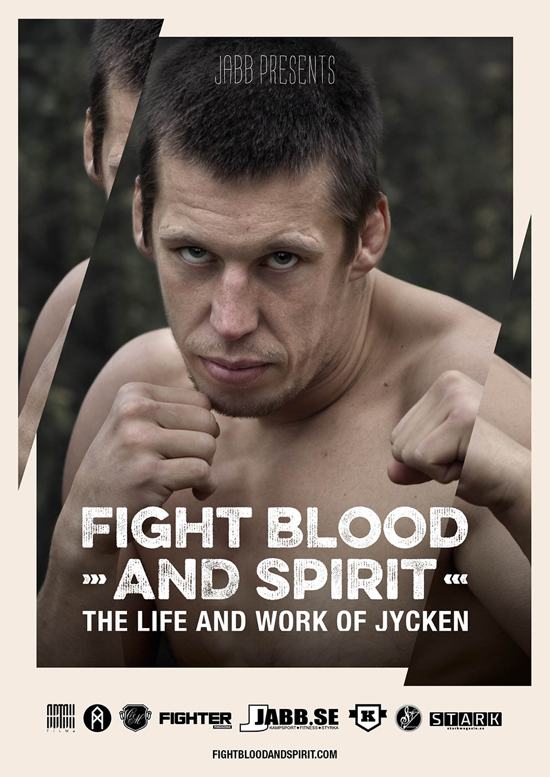
Music Blood And Spirit poster
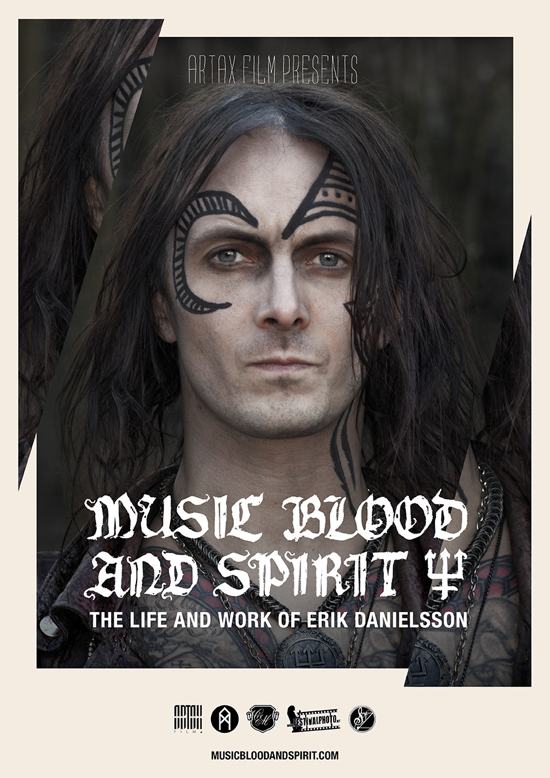
Ink Blood And Spirit poster
